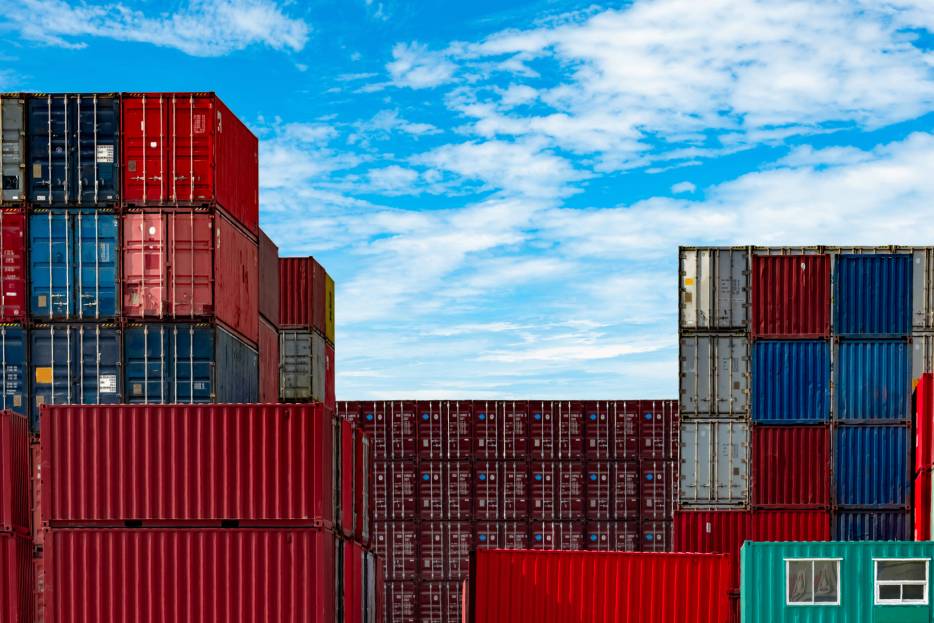Over the past few decades, globalization has been the driving force behind international trade, economic growth, and cross-border collaboration. However, in recent years, a contrasting phenomenon known as reverse globalization has started reshaping the global financial landscape.
Triggered by geopolitical tensions, trade wars, and a renewed focus on national self-sufficiency, this trend is redefining how nations and businesses interact in the world market, as we saw in our last blog about friendshoring.
For companies that heavily depend on imports, the effects of reverse globalization are profound. Rising tariffs, supply chain disruptions, and stricter trade regulations have increased operational costs and reduced access to foreign markets. Importers now face the challenge of balancing efficiency with resilience, seeking new ways to adapt to a less interconnected global economy.
In this article, as Mexican customs brokers, we’ll explore what reverse globalization means, how it impacts importation businesses, and which strategies can help companies stay competitive amid this economic transformation. Whether you’re an entrepreneur, trade analyst, or logistics professional, understanding this shift is essential for navigating the evolving dynamics of global commerce.
What is reverse globalization?
Reverse globalization, also known as deglobalization, refers to the gradual retreat from the interconnected global economy that characterized the late 20th and early 21st centuries. In simple terms, it describes a shift away from global economic integration toward more localized, self-sufficient, and regionally focused models of production and trade.
During the height of globalization, countries and corporations prioritized efficiency and cost reduction by outsourcing production and expanding international supply chains. This approach boosted global trade volumes and encouraged interdependence among nations.
However, recent global events have exposed the vulnerabilities of this system. As a result, many governments and businesses are now rethinking the risks of excessive globalization.
Reverse globalization does not mean the end of international trade, but rather a strategic rebalancing. Nations are increasingly focusing on domestic manufacturing, regional trade agreements, and economic sovereignty to reduce reliance on foreign markets.
This trend is transforming how goods are produced, distributed, and consumed, especially within the importation business, where supply chains, tariffs, and sourcing strategies are being fundamentally redefined.

How does deglobalization impact importation businesses?
The rise of reverse globalization has introduced significant shifts in how importation businesses operate. As nations turn inward and prioritize domestic industries, companies that rely on importing goods face mounting challenges. Hereunder are some of the consequences that deglobalization has had.
1.- Rising import costs and tariff barriers
One of the most immediate effects of reverse globalization is the increase in import costs. As countries impose higher tariffs, stricter quotas, and complex trade regulations, importers find themselves paying more to bring goods across borders.
Trade wars, such as the one between the United States and China, have exemplified how quickly tariffs can escalate, forcing businesses to either absorb additional expenses or pass them on to consumers.
Additionally, the logistical costs associated with international shipping have surged due to fuel price volatility and regulatory compliance requirements. These rising expenses have made importing less profitable and pushed many businesses to consider reshoring or nearshoring, producing goods closer to home to cut costs and minimize geopolitical risk.
2.- Supply chain disruptions
Global supply chains, once optimized for speed and efficiency, have proven fragile in the face of global crises. The ongoing regional conflicts and shipping bottlenecks have highlighted the dangers of relying heavily on distant suppliers.
Reverse globalization has accelerated a trend toward localization, where importers seek regional partners and diversified sourcing strategies to reduce dependency on single foreign markets.
This shift not only alters where and how goods are sourced but also transforms logistics management. Importers are investing in digital tools and predictive analytics to improve supply chain visibility and agility. In short, localization is becoming a survival strategy for ensuring continuity even as global trade becomes less predictable.
3.- Market uncertainty
Reverse globalization also brings greater market uncertainty. Frequent changes in trade policies, tariffs, and international relations create instability that affects importers’ long-term planning. Businesses accustomed to predictable global demand must now navigate fluctuating currencies, shifting trade routes, and uneven access to materials.
At the same time, consumer preferences are evolving. Many customers now favor locally produced goods, motivated by sustainability, nationalism, or ethical consumption trends.
For importation businesses, this means adapting product portfolios, emphasizing transparency, and differentiating through quality or niche offerings that local markets can’t easily replicate.
Strategies for importers
As reverse globalization continues to reshape global trade, importers must evolve to remain competitive and sustainable. Below are key approaches that can help importers adapt effectively to the challenges and opportunities of reverse globalization.
1.- Diversifying supply sources
One of the most effective ways for importers to mitigate risk is through supply source diversification. Relying on a single foreign market or supplier makes businesses highly vulnerable to trade restrictions, political instability, or logistical breakdowns. By diversifying supply chains, companies can reduce dependency and maintain production continuity.
Diversification not only minimizes exposure to external shocks but can also improve bargaining power and shorten lead times. Importers who establish relationships across multiple regions, such as within Latin America, Eastern Europe, or Southeast Asia, often find it easier to pivot when global conditions shift.

2.- Leveraging technology for efficiency
Technology is a crucial ally for importers navigating the era of reverse globalization. Digital transformation enables businesses to streamline operations, improve visibility, and enhance decision-making across supply chains.
Automation in customs clearance, digital freight platforms, and data-driven route optimization also empowers importers to cut costs while improving delivery accuracy. In other words, technology facilitates real-time collaboration with suppliers and logistics partners, making it easier to adapt quickly when trade routes or regulations change.
3.- Building resilience through sustainability
Last but not least, sustainability is a strategic advantage in a world of reverse globalization. Importers that integrate sustainable and ethical practices into their business models can enhance brand reputation and meet growing consumer expectations for responsibility and transparency.
This can include sourcing from eco-conscious suppliers, investing in carbon-efficient transportation, or implementing traceability systems to verify product origins. Sustainable import practices not only reduce environmental impact but also align with emerging international regulations and standards that prioritize ethical trade.
In summary, the world as we have known it is changing, deglobalization is revolutionizing the global commerce; however, there are ways to evolve and rise above it, and we can help you. So, if you need any assistance, don’t hesitate to contact us; we’ll be glad to help you.
Also, if you found this article useful, share it on social media and stay tuned to our blog for more updates.
